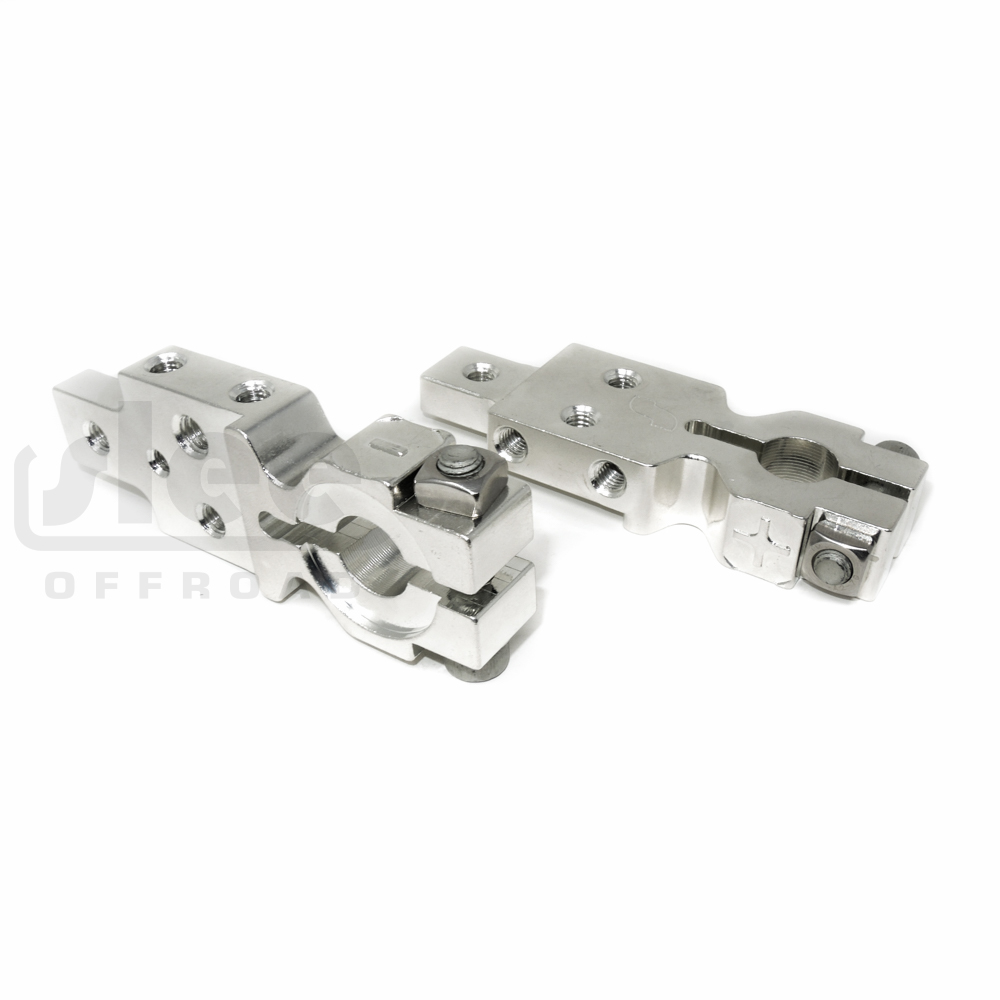Hey Y’all,
I’ve got 4 ring terminals on my positive terminal on my battery. Aside from looking terrible, I know this is not the best way to wire stuff, but I’m not sure what the better alternatives are.
I have the following 4 devices connected directly to the battery:
- auxbeam switch panel: 1 ring terminal
- midland radio: 1 ring terminal
- HID ballasts: 2 ring terminals (1 per headlight)
My other devices are cleanly wired to the switch, and I love it. The radio recommends installing directly to the battery, and I like this because it also gives me the option to use the radio with the car off.
Is there a device I can get and mount elsewhere that I could run 1 terminal to the battery, and then these other devices to it?
I’m at a loss - I can’t find any options from Google for the lights other than wiring them direct to the battery.
Thanks! Really appreciate any input. I’m not even sure what to search for on Google, and I think that’s why I’m having trouble finding good results.
I’ve got 4 ring terminals on my positive terminal on my battery. Aside from looking terrible, I know this is not the best way to wire stuff, but I’m not sure what the better alternatives are.
I have the following 4 devices connected directly to the battery:
- auxbeam switch panel: 1 ring terminal
- midland radio: 1 ring terminal
- HID ballasts: 2 ring terminals (1 per headlight)
My other devices are cleanly wired to the switch, and I love it. The radio recommends installing directly to the battery, and I like this because it also gives me the option to use the radio with the car off.
Is there a device I can get and mount elsewhere that I could run 1 terminal to the battery, and then these other devices to it?
I’m at a loss - I can’t find any options from Google for the lights other than wiring them direct to the battery.
Thanks! Really appreciate any input. I’m not even sure what to search for on Google, and I think that’s why I’m having trouble finding good results.


